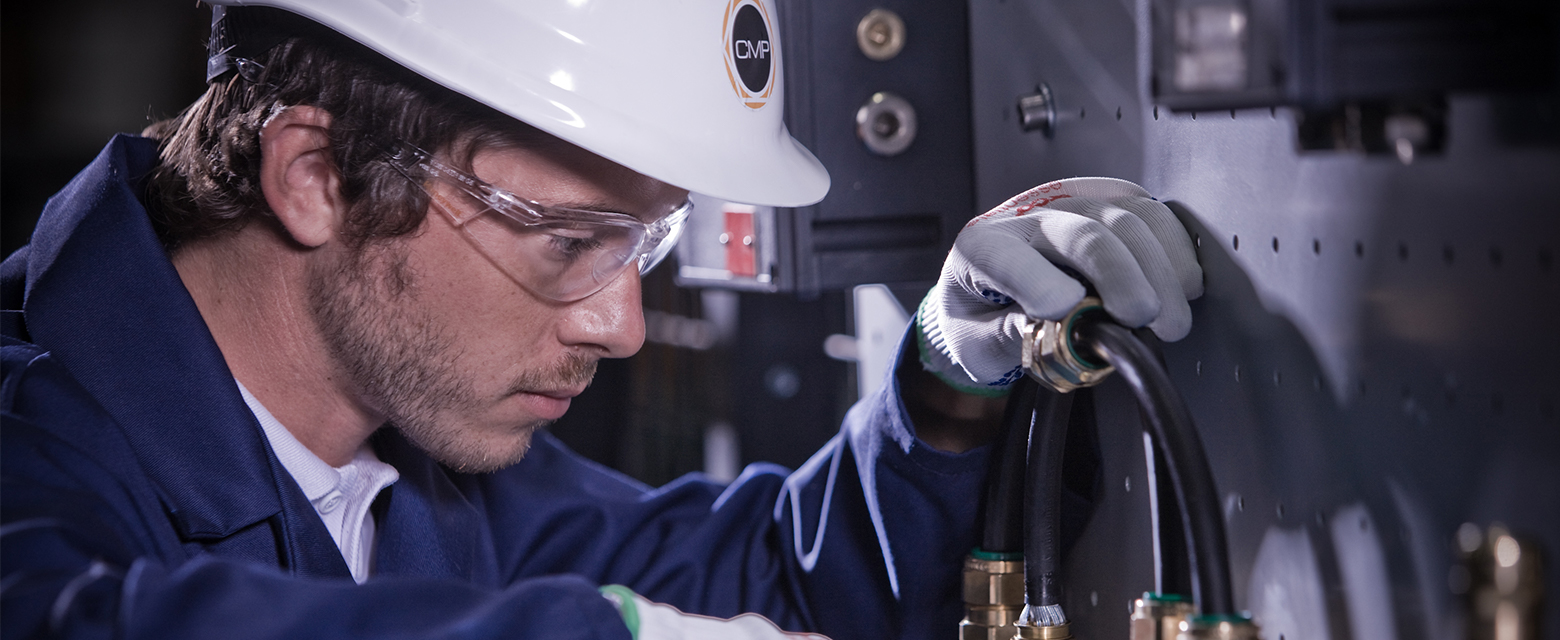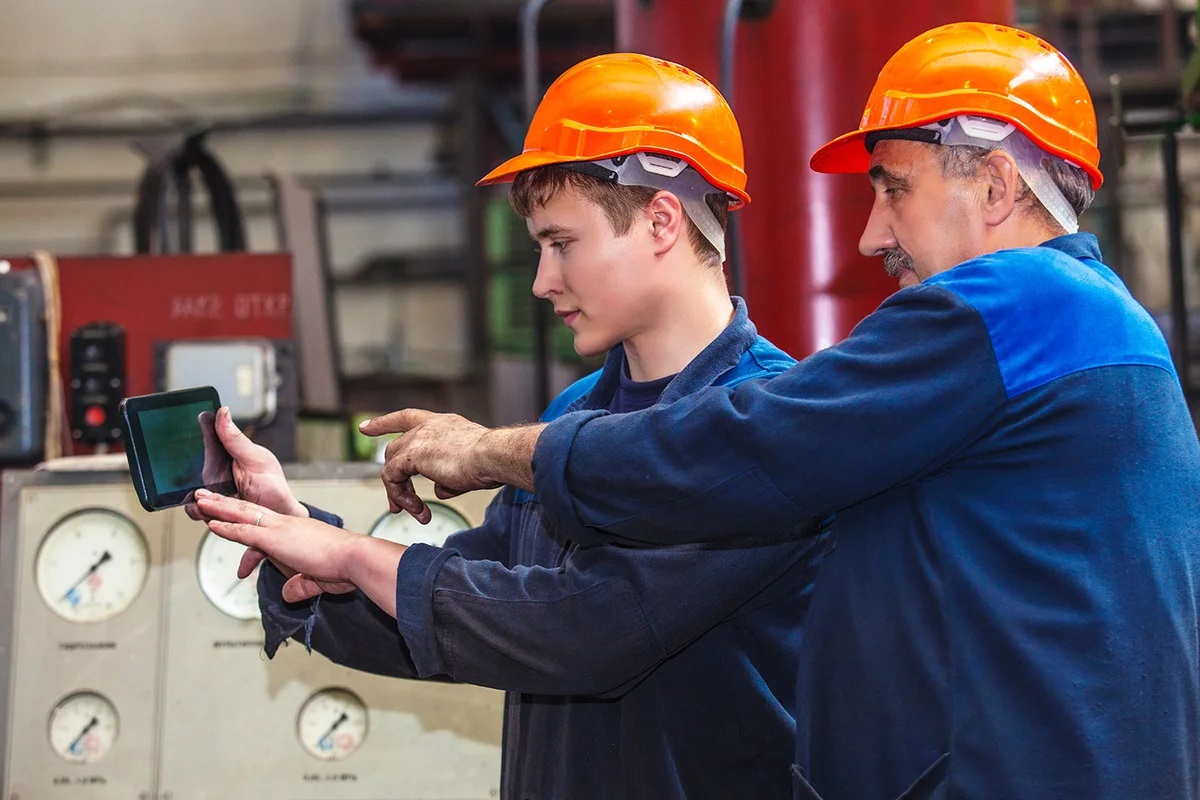The concept of safety technology and labor protection
Safety and Plant Operation
Safety engineering is the activity of preventing accidents, assessing and reducing the risks associated with human error. Ensuring safety with the help of various engineering systems and structures is also an integral part of industrial safety.
Safety in manufacturing, public works and product design is essential to making safety an integral part of operations.
Safety ensures that all processes in the enterprise will be carried out properly, even when some components of the labor protection management system are violated.

The purpose of the safety measures
The purpose of safety engineering is to assess and control the risk to employees of the enterprise, reduce or completely eliminate it.
Safety regulations also aim to reduce equipment failure rates. And, if a failure does occur, they provide an opportunity to reduce the risk of adverse outcomes. Compliance with safety rules and principles is usually foreseen during system design or product development.
Safety is not a single, defined discipline; the professionals responsible for its provision may have slightly different experience and areas of responsibility.
Occupational safety engineers consider a number of factors that can affect the safety of a situation or product, including: environment, technical safety of equipment, reliability of materials, legislation, and human factors.

The relationship of safety and labor protection
Occupational safety in the context of the implementation of labor protection activities is the management of production activities aimed at preventing injuries and diseases associated with production. Currently, this concept is practically not used and is not found in documents.
Safety measures include requirements for the behavior of workers and the performance of their work functions, aimed at preventing dangerous situations for the life and health of both the workers themselves and their environment. An analogue of the concept of “safety” is the term “safe methods and techniques of work”.
The general areas that have been identified as the main functions performed by an occupational safety engineer are:
- identification and assessment of the conditions and processes leading to the occurrence of an accident, as well as an assessment of the severity of the problem;
- development of methods, procedures and programs to prevent accidents and losses;
- informing and training employees on safe work practices;
- tracking processes and workers that create potentially dangerous situations;
- transfer of information about accidents and emergencies to management and regulatory authorities.
The most recent trends in the development of safety procedures include: increasing emphasis on preventing emergencies by predicting potential hazards; rethinking responsibility for the occurrence of accidents; emphasis on consumer protection; greater integration with health and safety procedures.
